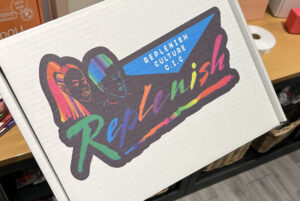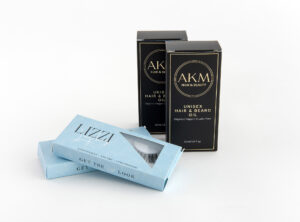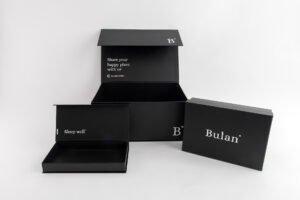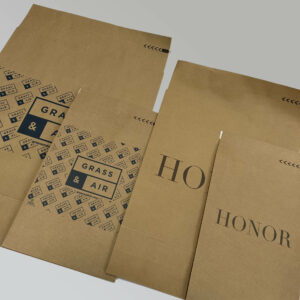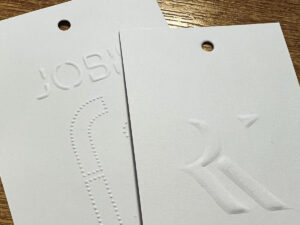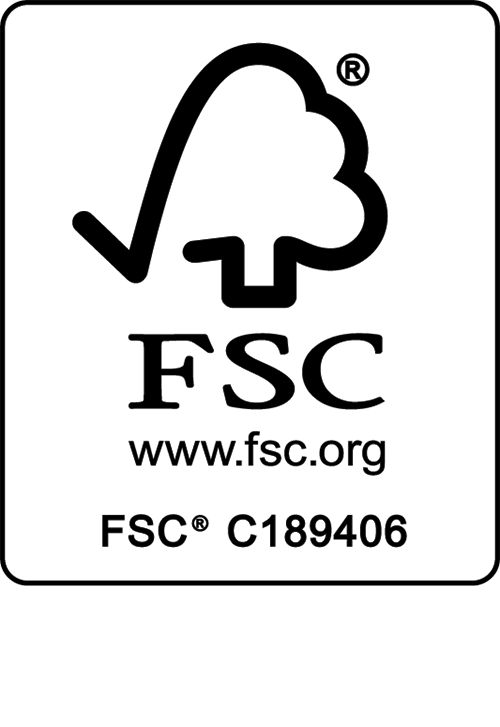Several years ago, we put together an article that introduced our customers to the versatile nature of wash care labels. This piece also suggested what needs to be included on these inconspicuous yet important little pieces of fabric that accompany most garments and accessories. You can take a look at it here: All you need to know about wash care labels
Naturally – and as their name suggests! – wash care labels need to contain all the applicable washing and care instructions for the garment, so the customer knows how to look after their purchase in the long term. Symbols are largely standardised, which means most people can make sense of them, regardless of the language they speak or their level of education.
However, so many of us don’t know how to read wash care labels, or simply haven’t been taught what these symbols mean.
Here’s a quick rundown of the most common symbols found on clothes. As a customer of ours, you can use this guide to remind you what needs to be included in your new label design.
Washing temperatures symbols
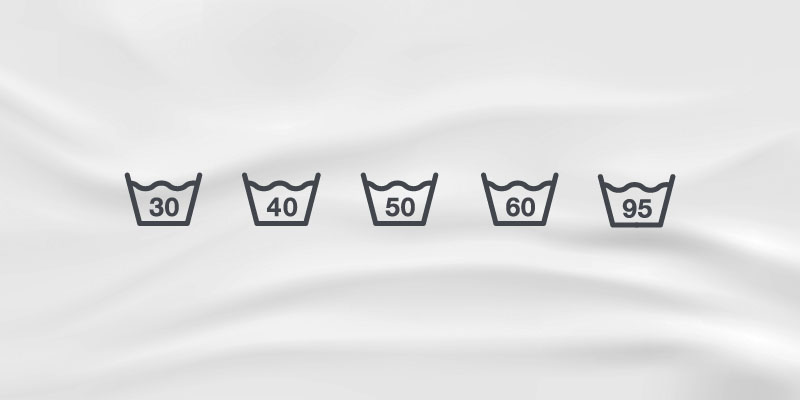
Wash your clothes at a temperature that’s too low, and you might not get rid of the tougher stains – but wash them at a temperature that’s too high, and you could end up damaging or warping the fabric! For the best results, make sure you look for the number that’s present in the little bucket symbol. This is the maximum temperature that the garment will tolerate.
Manufacturers and retailers: it’s especially important to include this on your wash care label if your item is delicate.
Handwash symbol

Garments made from silk, cashmere or other fragile materials will need to be gently cleaned via hand, or through a washing machine’s handwash programme (if it has one). An icon containing a hand reaching into a bucket of water is there to communicate that hand washing is the only suitable way to clean this item. In most cases, you’ll need to make sure the item is washed at 40 degrees Celsius or lower to avoid damage and/or discolouration.
Drying symbols

Symbols contained in a square will tell you and your customers how to dry the garment or accessory without affecting its shape or size. A square with a drooping line means the item can be hung out to dry on the line; a square containing three vertical lines means it is suitable for drip drying on an indoor clothes rack; and a square with one horizontal line means you need to flat dry the garment.
Ironing symbols
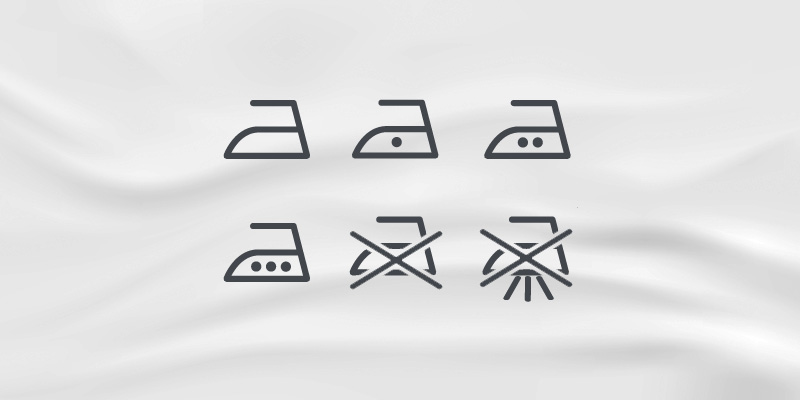
It’s particularly important to take note of ironing instructions. Failure to adhere to them could result in irreversible damage to the item.
The dots found within the square ironing symbols on your labels correspond to the dots on an iron’s temperature settings. In a nutshell, the more dots you see, the more heat you can apply to the garment. Most of the time, the number of dots will also correlate with the garment’s material type, as outlined here:
One dot = Take it easy with delicate items, including those made from wool and silk
Two dots = The most appropriate heat for synthetics
Three dots = The most appropriate heat for linens and cottons
No dots = The item can be ironed at any temperature
Cross through the square = The item cannot be ironed at all
Cross through the square, with two or three lines protruding from the bottom of the iron = Dry iron the item instead of steam drying it
Other symbols to bear in mind
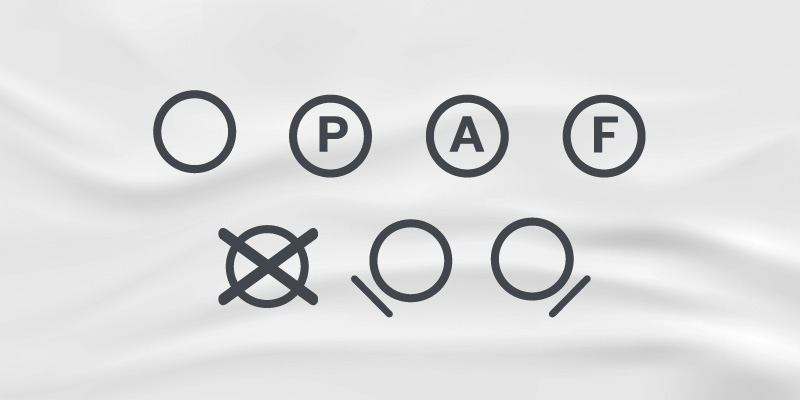
There are lots of symbols that provide more in-depth instructions for dry cleaners. From the customer’s point of view, if a symbol with a circle is present, it means the garment is suitable for dry-cleaning. If the circle has a cross over it, it must not be dry cleaned at all. As a manufacturer or retailer, you absolutely must include a dry cleaning symbol on your wash care label if the item cannot be cleaned any other way.

Bleaching symbols are also common. If your item cannot be cleaned with bleach, make sure it contains a triangle with a cross over it.
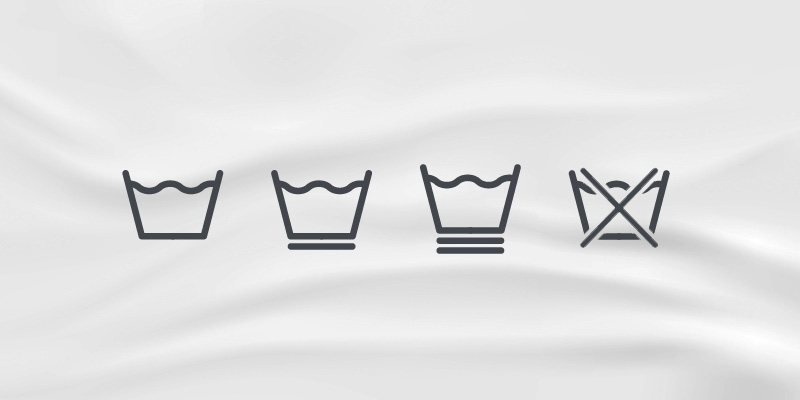
Ever seen a bucket symbol with lines underneath it? One line means that the washing machine’s spin speed should be reduced to avoid warping. Two lines means that the item needs a mild wash action but can be spun and rinsed normally. If the bucket has been crossed out, this means it is not suitable for washing in a regular machine and will need to be dry cleaned instead.

Elsewhere, a rope-like symbol demonstrates that an item can be wrung out after washing. A rope-like symbol with a cross through it indicates that wringing out the item might damage it.

If the label contains a symbol with a circle inside a square, this means the garment is suitable for tumble drying. The corresponding dots tell the customer how much heat the item will tolerate: 1 = low heat, 2 = medium heat, and 3 = high heat. A cross over the circle means that the piece of clothing should not be tumbled dried, full stop.
As manufacturers and retailers, you’d hope that your customers will use their common sense when washing and caring for their garments. But as you can see, there are lots of different washing and drying symbols to decipher, and it’s easy for customers to make a mistake if they’re not paying attention. The best thing you can do is be super clear about what actions you want your buyers to take by including the most important instructions and symbols on your wash care labels.
Still not sure which washing instructions you need to include on your label? Remember, you can always speak to the team here at Hallmark Labels for our expert advice.

